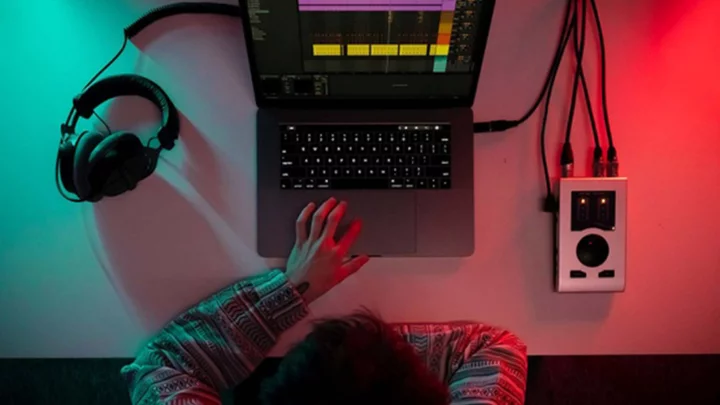Hong Kong is making preparations for a possible direct hit by Super Typhoon Saola, which is shaping up to be the strongest storm to affect the city in at least five years.
The city will raise its No. 8 storm warning as early as 2 a.m. on Friday — effectively closing down the city including its $5 trillion stock market — and schools will be shut, Chief Secretary Chan Kwok-ki said at a press briefing Thursday afternoon. Chan Pak-wai, director of the local observatory, said the no. 8 signal will probably be kept on Saturday and may even be raised to the highest level — no. 10.
“This can be a very destructive typhoon,” the chief secretary said, flanked by heads of various government departments. “We hope to minimize the damage.”
Saola has the potential to be the most powerful typhoon to hit Hong Kong since Mangkhut battered the city in 2018, which left roads blocked, buildings damaged and low-lying areas flooded. Saola earlier skirted past the Philippines and Taiwan. The latest forecast track has the eye of the typhoon passing over the southern part of the city either late Friday or early Saturday.
The typhoon was about 370 km (230 miles) east-southeast of Hong Kong at 5 p.m. local time and is forecast to move west-northwest at about 10 km per hour. The storm is currently packing winds of 205 km an hour, according to its website.
Cathay Pacific Airways Ltd. expects to suspend flights starting Friday afternoon through Saturday morning because of the typhoon, according to a person familiar with the situation. The airline expects significant disruptions at Hong Kong International Airport and is working to keep aircraft out of the city for a period of time, according to information seen by Bloomberg.
Hong Kong is typically affected by about six typhoons annually, usually from June to October, but only a fraction of those result in market or school closures. The last time was in July because of typhoon Talim.
A direct hit is rare. There have only been 16 maximum-level storms in Hong Kong since records began in 1946, including Hato in 2017 and Mangkhut the following year. Both of those were at least 60 km away from the finance hub at their closest, according to observatory data.
Read more: How Hurricanes Are Categorized on an Imperfect Scale: QuickTake
The No. 10 signal means hurricane force winds reaching a sustained speed of 118 km an hour are affecting the city.
According to Steven Lam, insurance analyst at Bloomberg Intelligence in Hong Kong, Saola’s speed and trajectory indicate that the storm may be as destructive as some of Hong Kong’s worst typhoons in recent times, such as Mangkhut and Hato.
“Saola’s damage could be comparable to Mangkhut and Hato, because it could be closer to the city and with slower movement than the prior two,” Lam said.
China is also set to be affected by another typhoon nearer Shanghai, called Haikui. The country has activated a level four emergency response for floods in six provincial-level regions, including Guangdong and Shanghai, Xinhua reported on Wednesday. Haikui is forecast to affect the East China Sea around Sunday, it said.
“Typhoon Saola and Haikui could bring insurance claims exceeding $1 billion,” Bloomberg Intelligence’s Lam said.
China has been hit by bouts of extreme weather this summer which have caused flooding in the north that left dozens dead.
(Earlier versions of this story corrected the currency for the stock market capitalization and day of press briefing)
--With assistance from Olivia Tam, Manolo Serapio Jr., Dominic Lau and Alice Truong.
(Updates to add comments in second and third paragraph.)









